Market Share
Advanced Baby Monitors Market Share Analysis
The United Nations made a prediction in April 2020 that 47 million women across 114 low- and middle-income economies would encounter challenges accessing modern contraceptives due to lockdown measures. This situation could lead to approximately 116 million unintended pregnancies. A significant estimated 3.3 million unintended pregnancies arose in the United States during this period. However, the UN noted that this surge in unwanted pregnancies might not be a prominent issue in developed economies. Moreover, between March and May 2020, approximately 1.85 million women might have faced difficulties accessing abortions, a service they might have otherwise sought, as estimated by the Ipas Development Foundation, an organization dedicated to safe abortion and contraception in India.
In India, family compositions vary, with about 46.7% of families consisting of couples living with their children, over 31% living in extended families, and approximately 12.5% of families being single-person households. These diverse family structures reflect the complex societal makeup within the country.
According to a recent study conducted by the Pew Research Center across 130 countries and territories, the United States recorded the highest rate of children residing in single-parent households in 2019. Around 23% of American children under the age of 18 live with just one parent and no other adults. This figure is notably more than three times higher than the global average of 7% of children in similar living arrangements worldwide.
The global situation involving a surge in childbirth, coupled with constraints on access to necessary facilities and a notable prevalence of single-parent households, is anticipated to contribute to an increased growth rate in the market for advanced baby monitors. This growth is expected due to the evolving dynamics within family structures, underscoring the necessity for technologically advanced monitoring solutions that cater to diverse family needs and parenting situations.
Therefore, the burgeoning number of unintended pregnancies, challenges in accessing essential healthcare services such as abortions, and the prevalence of single-parent households are factors that could drive the demand for sophisticated baby monitoring systems. These technological solutions aim to assist parents in ensuring the safety and well-being of their children, addressing the varied family structures and societal changes evident across different regions and economies.

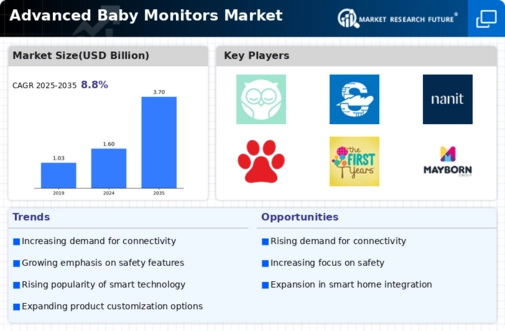
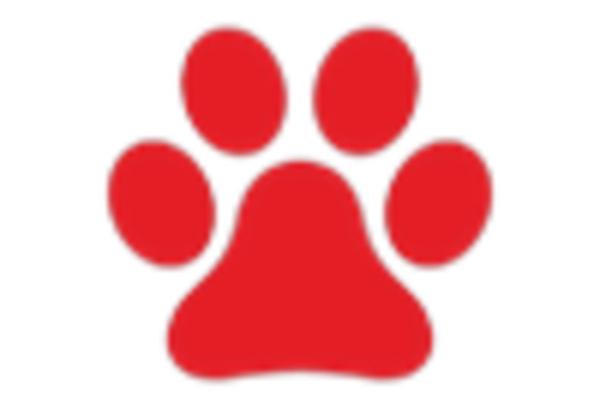
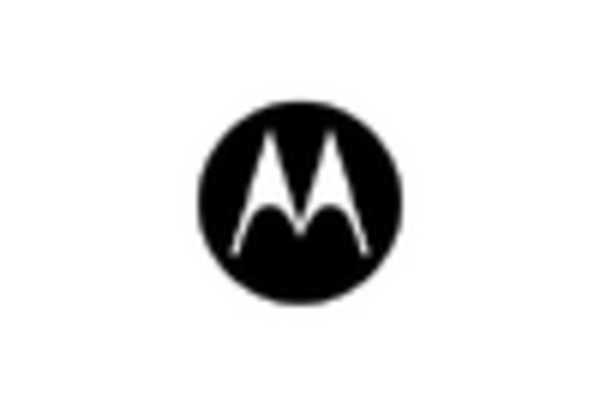
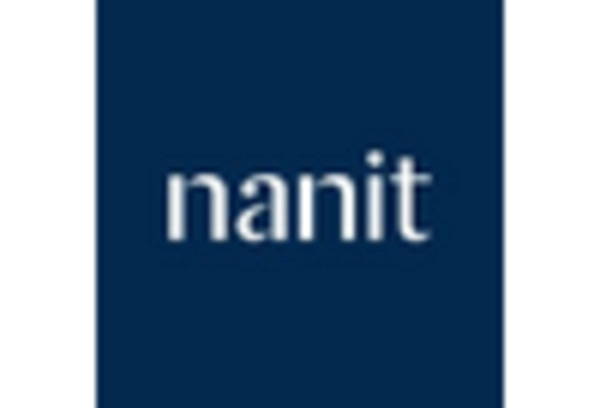

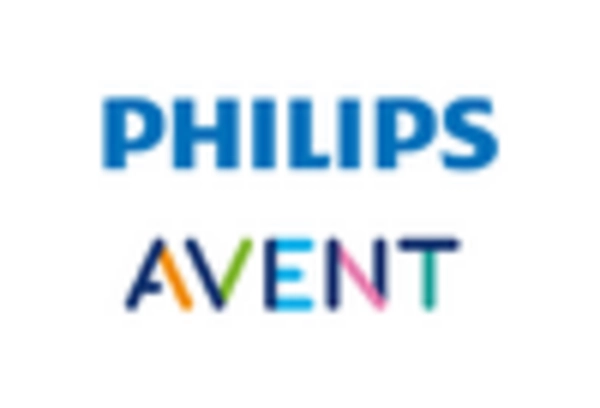
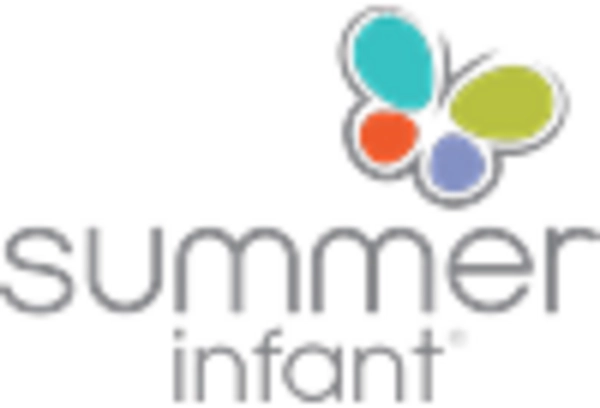









Leave a Comment